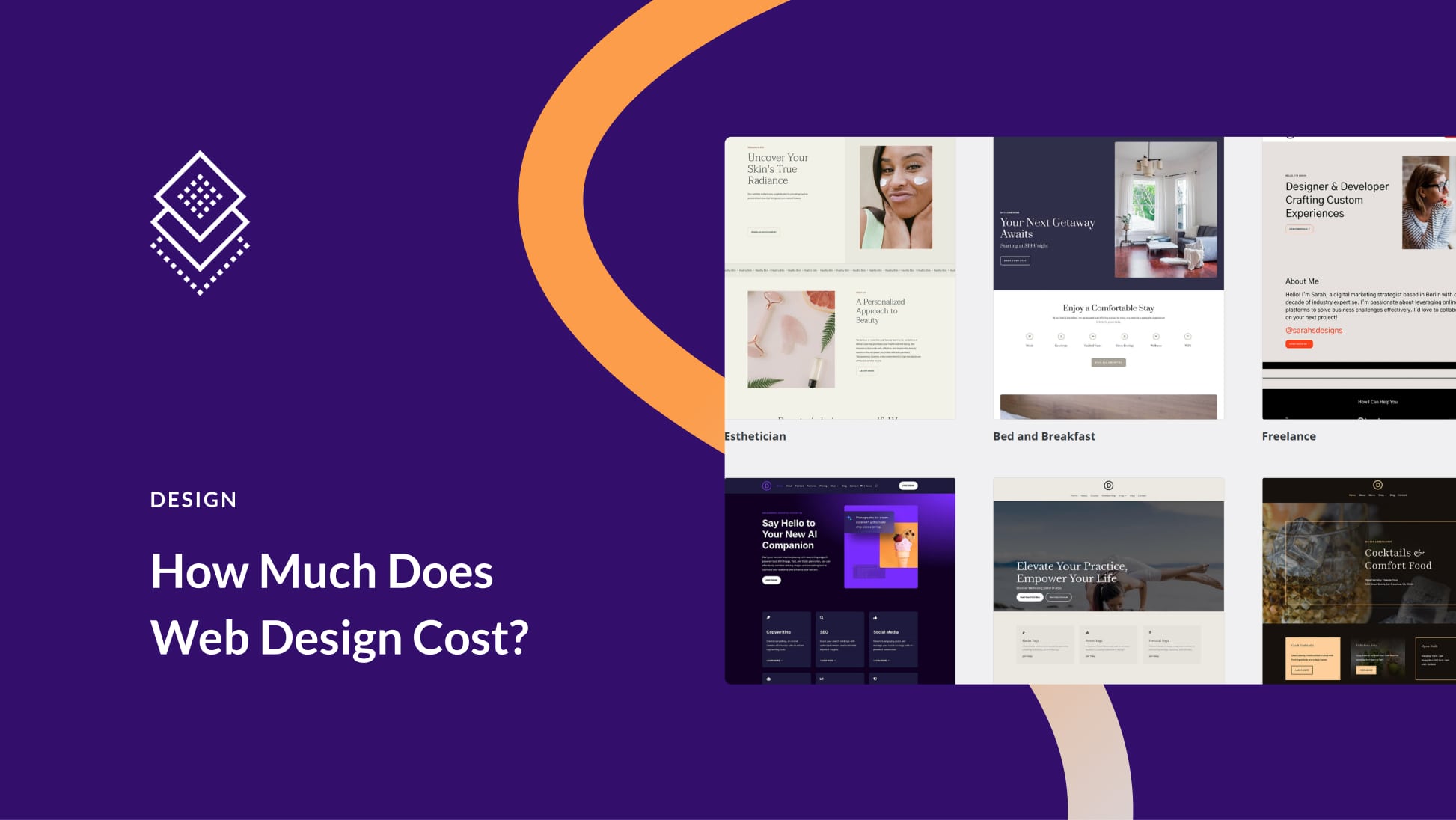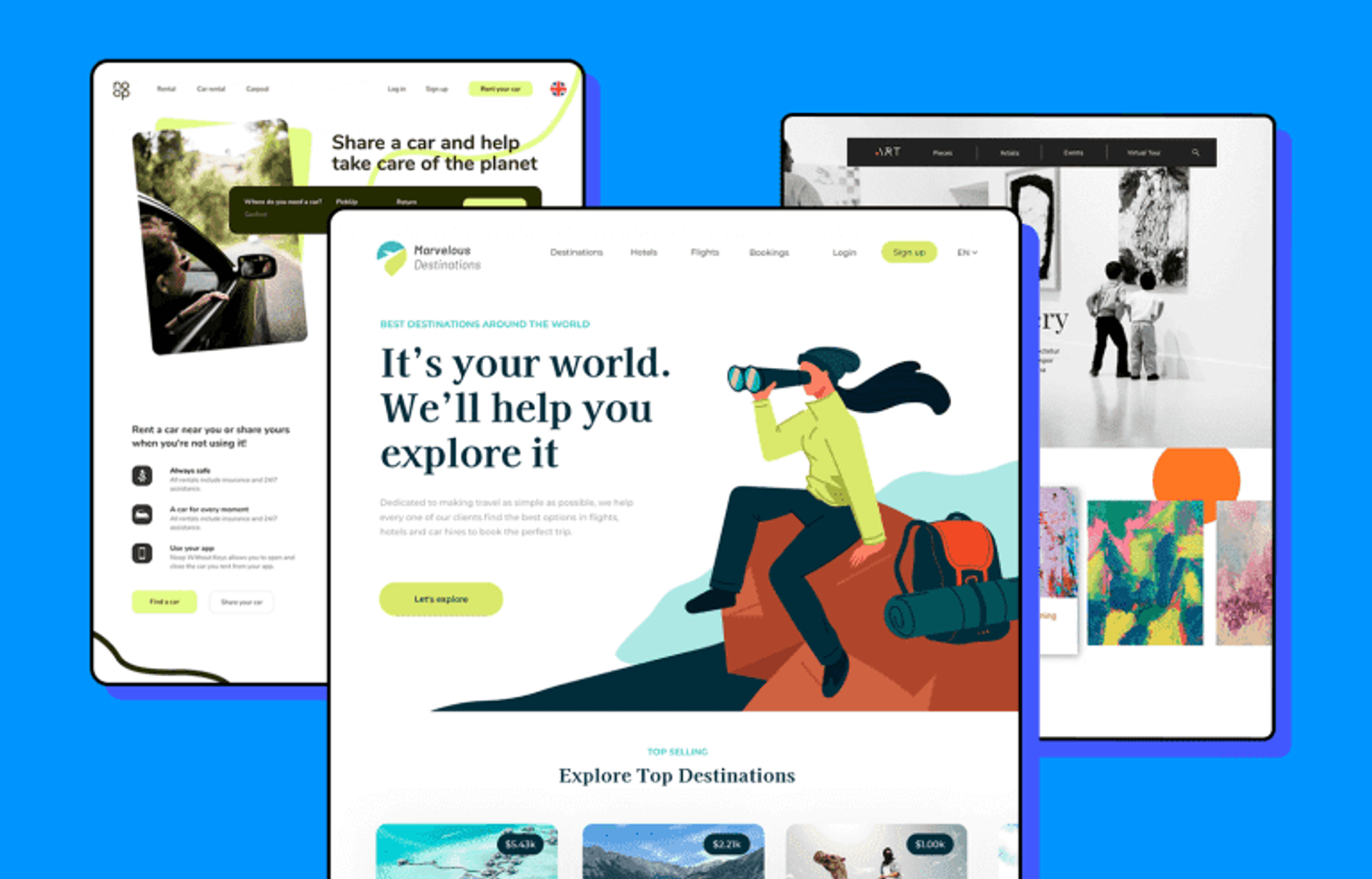Creative Aligned Position Web Design: Cutting-Edge Solutions for Your Website’s Success
Creative Aligned Position Web Design: Cutting-Edge Solutions for Your Website’s Success
Blog Article
The Best Types of Website Design to Boost Individual Experience and Involvement
In the ever-evolving landscape of electronic communication, the performance of Web layout considerably affects individual experience and interaction. Different design techniques, such as minimalist, responsive, and interactive designs, each offer unique advantages that can cater to diverse individual requirements.
Minimalist Web Layout
As digital landscapes come to be progressively messy, minimalist Web style has actually become a powerful method to boosting customer experience. This design viewpoint focuses on simpleness, concentrating on crucial components while removing unneeded diversions. By using adequate white area, straightforward navigation, and a minimal shade scheme, minimal style fosters clarity and routes customer focus to crucial material.
The core principle of minimal website design is to create a smooth interaction for users. By reducing cognitive lots, individuals can quickly understand information without really feeling overwhelmed. This direct technique not only boosts functionality however also urges involvement, as visitors are more probable to check out a site that is very easy and visually enticing to navigate.
Additionally, minimal style frequently stresses typography and imagery, making use of these elements purposefully to communicate messages effectively. This emphasis on important parts can boost brand name identity and create a remarkable user experience. Essentially, minimalist Web design is not simply a trend; it is a thoughtful method that identifies the significance of user-centered design. By removing supplementary elements, developers can develop a much more appealing, efficient, and satisfying Web experience for all users.
Responsive Web Layout
In today's diverse digital atmosphere, responsive website design has ended up being necessary for developing a smooth customer experience throughout a wide range of gadgets. As customers accessibility internet sites on smartphones, desktop computers, tablet computers, and laptop computers, the capacity of a site to adapt its layout and content to different screen sizes and resolutions is vital.
Receptive Web style uses flexible grids, images, and CSS media questions to make certain that Web material exists optimally, despite the gadget utilized. This method not only boosts the aesthetic charm of a site but also significantly improves functionality. Customers are most likely to engage with a site that offers a regular experience, as it removes the aggravation of needing to focus or scroll exceedingly.
By adopting receptive layout, services can enhance their visibility and reach a more comprehensive audience. In recap, receptive Web layout is a basic method that boosts individual experience, engagement, and general satisfaction.
Interactive Website Design
Responsive website design lays the foundation for enhancing individual experience, yet interactive website design takes this a step additionally by involving users in a much more vibrant way - Aligned Position Web Design. By including elements such as computer animations, clickable prototypes, and real-time comments, interactive website design mesmerizes individuals, attracting them right into a richer browsing experience
This approach not only promotes engagement but also motivates individuals to check out material proactively instead of passively consuming it. Techniques such as gamification, where individuals earn visit this website benefits for finishing jobs, can significantly enhance the time invested in a site and improve total complete satisfaction. Interactive functions can simplify complex info, making it extra delightful and absorbable.

Incorporating interactive style elements can likewise bring about higher conversion rates, as customers are much more most likely to engage with a website that proactively entails them. Aligned Position Web Design. Ultimately, interactive Web design changes customer experiences into remarkable journeys, making certain that visitors return time after time
Flat Design
Defined by its minimalistic strategy, level design emphasizes simplicity and performance, removing unnecessary aspects and concentrating on crucial features. This design approach focuses on use, guaranteeing that individuals can navigate interfaces with simplicity and effectiveness. By using a clean aesthetic, level layout removes the mess usually found in a lot more luxuriant designs, consequently boosting customer emphasis on web content and capability.
The characteristic of level style depends on its use bold shades, easy typography, and geometric shapes. These elements add to an aesthetically enticing user interface that is both friendly and contemporary. Additionally, flat layout promotes a sense of clarity, allowing customers to determine necessary actions and information without distraction.
Moreover, level design is pop over to these guys specifically effective in receptive Web layout, as its simplicity equates well throughout various gadgets and display dimensions. By focusing on necessary features, level design not only fulfills customer requirements but additionally encourages seamless communication, making it a vital element of efficient Web design techniques.
Flexible Web Style
Flexible Web layout customizes the individual experience by developing multiple repaired designs customized to various display sizes and devices. Unlike receptive layout, which fluidly adjusts a single design, flexible style uses distinct layouts for details breakpoints, guaranteeing ideal discussion on numerous systems. This approach allows designers to focus on the distinct attributes of each tool, boosting use by delivering precisely what individuals require based upon their context.
Among the primary advantages of adaptive Web design is its ability to optimize lots times and efficiency. By serving tailored web content and photos that fit the customer's tool, internet sites can decrease information use and boost loading rates. This is especially valuable for customers with slower connections or minimal information plans.

In addition, adaptive design facilitates a much more controlled and constant branding experience. Considering that designers produce numerous layouts, they can guarantee that the aesthetic elements line up with the brand name's identification across different systems - Aligned Position Web Design. This results in a cohesive customer experience, enhancing interaction and advertising user retention
Final Thought
In verdict, the integration of minimal, receptive, and interactive Web design principles significantly enhances individual experience and involvement. Minimal design promotes clearness and emphasis, while receptive layout ensures adaptability across different tools, advertising accessibility. Interactive design captivates customers with vibrant components, encouraging exploration and personalization. Collectively, these style approaches add to the development of easy to use settings that not just boost satisfaction but also drive higher conversion rates, underscoring their vital value in modern website design methods.

Minimalist style promotes clearness and emphasis, while receptive layout ensures adaptability across various gadgets, promoting access. Jointly, these layout comes close to add to the creation of user-friendly settings that not just boost satisfaction but also drive higher conversion rates, underscoring their crucial significance in modern Web style techniques.
Report this page